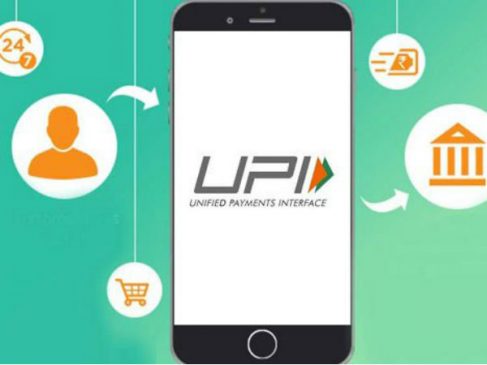Explained: 18% GST on debit, credit card payments for small-value transactions? Here’s how it may impact stakeholders.
A look back: Waiving the service tax
In the wake of the 2016 demonetisation, when ₹500 and ₹1,000 denomination notes were demonetised overnight, the government took steps to boost digital payments. One key measure was waiving the service tax on debit and credit card transactions under ₹2,000. This move aimed to encourage more people to shift from cash to card payments, helping the country transition toward a more digitally empowered economy. This came in December 2016, months before the introduction of the Goods & Services Tax in July 2017.
The new proposal: GST on payment aggregator fees
Fast forward to today, and the GST Council may consider what is a significant change, CNBC-TV18 has learnt. It may consider imposing 18% GST on payment aggregator fees for transactions made via debit and credit cards. Until now, such fees for transactions under ₹2,000 have been exempt.
Payment gateways typically charge payment gateway fees ranging from 0.5% to 2% per transaction, with most averaging around 1%. The new GST will be levied on these fees, which payment aggregators are likely to pass on to merchants.
A top fintech executive in the payments space told CNBC-TV18, “If this tax is imposed, it will hurt small business which generally have low-value transactions… Payment gateways will just pass it on to the merchants/businesses.”
Also Read : Stock market news: This income tax rule to be implemented next month
The UPI exemption
UPI currently enjoys its status as the most popular form of digital payment, especially for small-value transactions, and so the overall impact on digital transactions may be limited. In FY24, UPI saw an impressive 57% YoY growth in transaction volume, surpassing 131 billion transactions.
UPI now accounts for over 80% of the overall retail digital payments in India. It’s important to note that this GST applies only to digital transactions made via debit and credit cards. Unified Payments Interface (UPI) transactions, which have no Merchant Discount Rate (MDR) at present, will remain unaffected by the tax. This means that for transactions up to ₹2,000, UPI remains a zero-cost option for merchants and consumers alike, keeping it an attractive payment mode
Impact on small businesses
For merchants dealing in high-value transactions, the additional 18% tax on payment gateway fees might not create a significant financial burden. However, for small businesses that rely on frequent low-value transactions, the impact could be more pronounced.
Consider a transaction of ₹1,000: under the current system, a 1% payment gateway fee means the merchant pays ₹10. After the proposed GST, this fee would rise to ₹11.80—a modest increase, but one that can add up quickly over hundreds of transactions.
Also Read : Relief to taxpayers! CBDT enables online mechanism to resolve income tax disputes – Details inside
What’s at stake for payment aggregators and merchants?
Payment aggregators, companies that process digital payments for businesses, are expected to pass this new tax burden onto their clients—the merchants. This is a common practice in industries where taxes or costs increase. The concern is that small businesses, which already operate on thin margins, may have to bear these additional costs and it could make card payments less attractive as a payment option. The merchants may even decide to pass it on to customers.
Looking ahead: A balancing act
With UPI transactions continuing to gain popularity due to their zero-cost structure, the differential tax treatment of debit/credit cards and UPI might further shift consumer and merchant preferences. A balancing act will be necessary to ensure that digital payments across the board remain accessible and affordable for all.
For more news like this visit Officenewz.com.





































